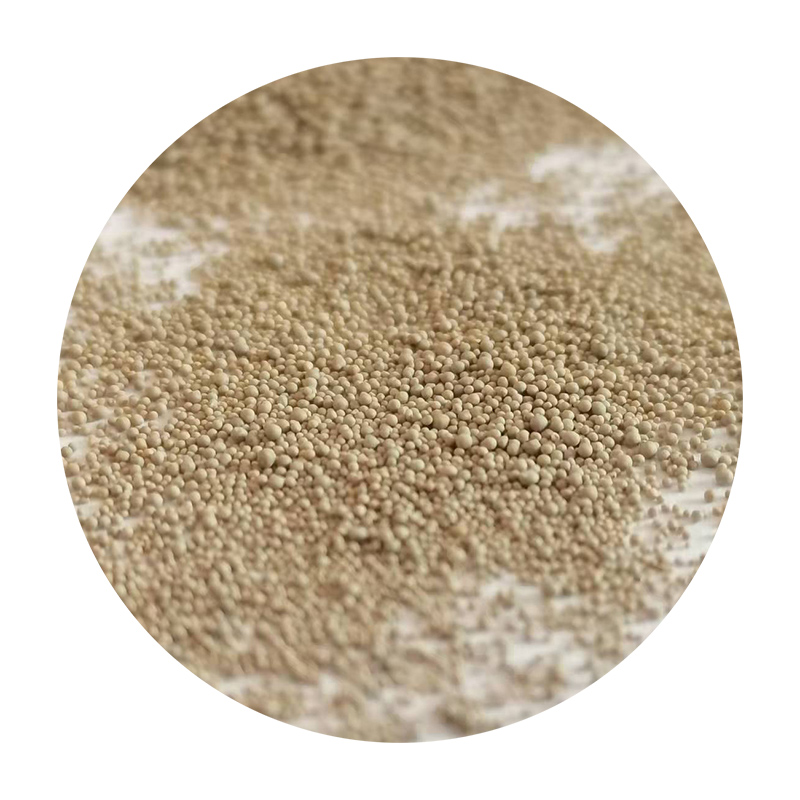The Resin Coated Sand Process An Overview
Resin coated sand (RCS) has emerged as a transformative material in the foundry industry, significantly enhancing the efficiency and quality of metal casting processes. The RCS process employs a combination of traditional sand casting techniques and modern resin technologies to produce molds and cores that exhibit superior performance. This article delves into the intricacies of the resin coated sand process, its advantages, and its applications in various industries.
What is Resin Coated Sand?
Resin coated sand consists of high-quality sand particles that are coated with a thermosetting resin. This coating process enhances the sand's performance by improving its adhesion properties, durability, and thermal stability. The resin used can vary, but commonly utilized types include phenolic and furan resins. The resin coating allows for the production of molds and cores with precise dimensions and enhanced surface finishes, which are critical factors in the quality of the final cast product.
The Process of Creating Resin Coated Sand
The production of resin coated sand involves several key steps
1. Sand Selection The process begins with the selection of high-purity silica sand, which provides excellent strength and thermal stability. The particle size and shape are also critical to ensure consistent mold characteristics.
2. Preliminary Treatment The selected sand is washed and dried to remove any impurities, ensuring that the coating adheres properly to the sand grains.
3. Coating Application The dry sand is mixed with resin and a hardener. The mixing process must ensure that each sand particle becomes uniformly coated with the resin. This is often achieved through a temperature-controlled mixer that allows for optimal resin curing.
4. Curing The coated sand is then subjected to curing, which can occur through heat or chemical reactions. This step transforms the liquid resin into a solid state, enhancing the mechanical properties of the sand.
5. Cooling and Storage Finally, the sand is cooled and can be stored for later use. This resin coated sand can be used in both green sand and no-bake molding processes.
Advantages of Resin Coated Sand
resin coated sand process

The use of resin coated sand in metal casting offers several advantages over traditional sand molds
1. Improved Surface Finish RCS provides a smoother surface finish on cast products, reducing the need for post-processing and improving the overall aesthetic quality.
2. Higher Strength The resin coating significantly increases the strength of the mold, allowing for more complex shapes and detailed designs to be produced without distortion.
3. Enhanced Thermal Stability RCS has superior resistance to thermal shocks, reducing the likelihood of defects during the casting process. This property is particularly beneficial when dealing with high-temperature metals.
4. Reduced Environmental Impact The process produces less waste compared to traditional methods. Additionally, advancements in resin technology have led to the development of more environmentally friendly, low-emission resins.
5. Efficiency in Production The resin-coated sand process allows for shorter production times, as the curing process of the resin can be significantly faster than traditional methods.
Applications of Resin Coated Sand
Resin coated sand is utilized across various industries. Its primary application is in the production of aluminum and steel castings, which are essential in automotive, aerospace, and machinery manufacturing. The ability to create complex geometries makes RCS particularly valuable in industries requiring precision parts, such as in the production of engine components, turbines, and high-performance machinery.
Furthermore, the foundry industry has benefited from adopting this technology in producing molds and cores for various applications, including art casting and intricate sculptures. As industries continue to focus on sustainability and efficiency, the role of resin coated sand is expected to expand further.
Conclusion
In conclusion, the resin coated sand process represents a significant advancement in metal casting technologies. By combining traditional sand casting methods with innovative resin applications, manufacturers can achieve superior quality and performance in their cast products. As industries evolve and demand increasingly complex components, the relevance of resin coated sand will undoubtedly grow, paving the way for more efficient and sustainable manufacturing practices.
Post time:lis . 07, 2024 13:21
Next:Understanding Sand Casting Techniques for Cast Iron Manufacturing and Its Applications
